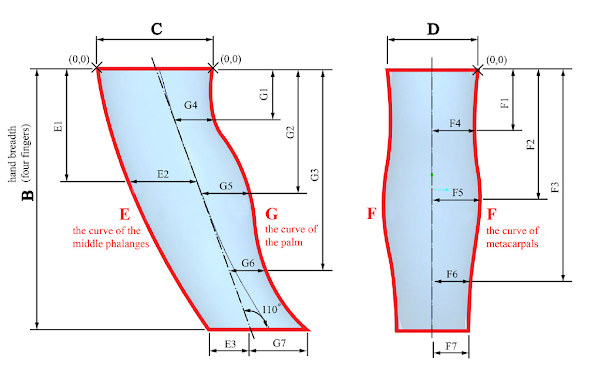Triangle wave gyroid
A gyroid is a fascinating geometric structure. It's a three-dimensionally-tileable unit that creates an infinitely connected surface. The surface is triply-periodic, meaning it repeats in all three dimensions. Gyroids also occur naturally in polymer science and biology. For 3D printing, a gyroid is a useful infill pattern. Not only does it fill volume without using much material, but it also provides strength to the final part in all three dimensions. As an added bonus, a gyroid pattern can be built using a toolpath that never crosses itself. In this article I present the traditional gyroid and a couple of alternatives that might work better for 3D printing. Traditional gyroid The gyroid surface can be approximated with trigonometric functions. It's a rather simple equation: $$ \sin x\cos y+\sin y\cos z+\sin z\cos x=0 $$ That is, at every (x,y,z) coordinate value where that equation is zero, that point is on the surface of the gyroid. There isn't any closed-form...

